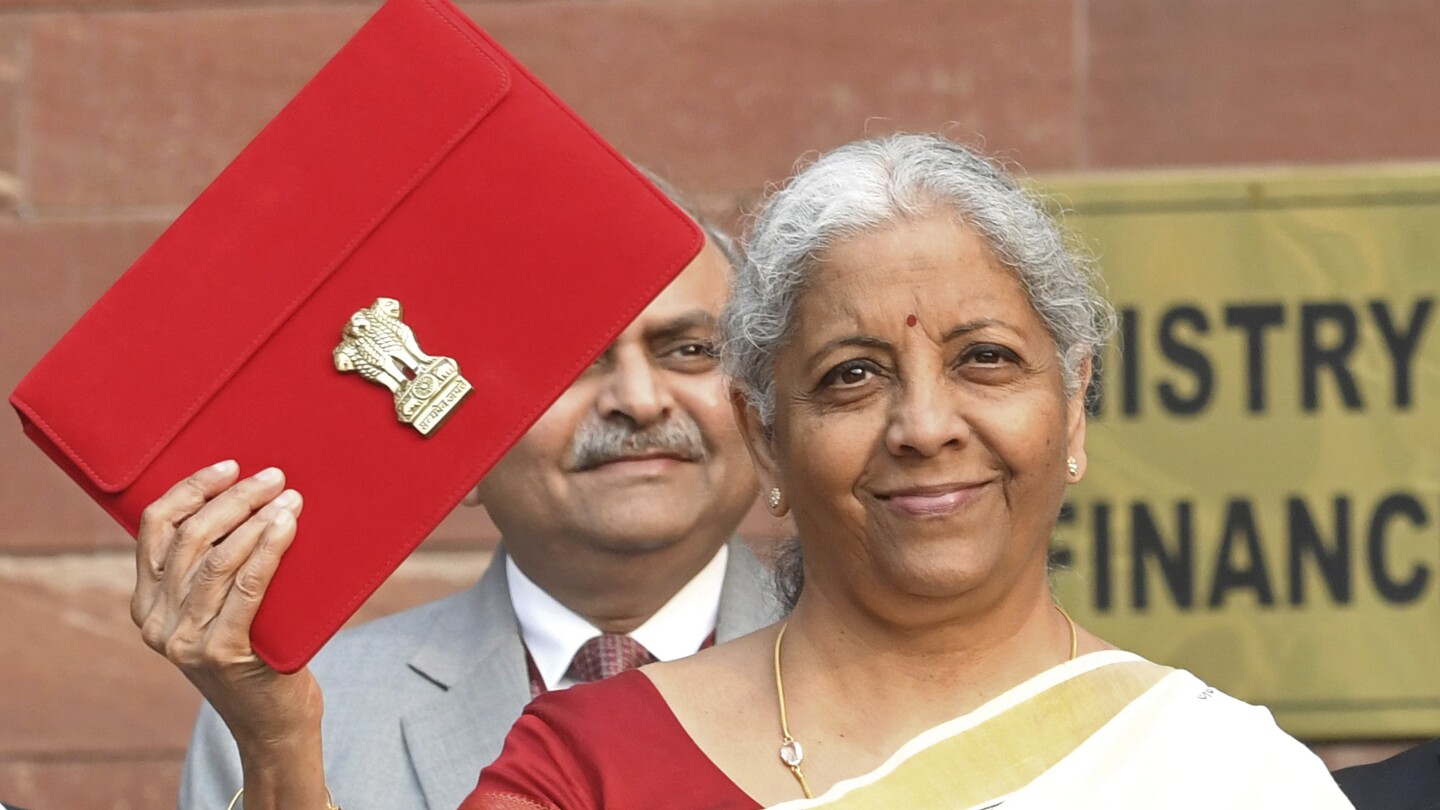Unpacking India’s Budget: How Tax Cuts for the Middle Class Could Ignite Economic Growth
India’s recent budget announcement has created quite a stir, particularly with its significant income tax cuts targeted at the salaried middle class. These changes are more than just numbers on a page; they are a strategic move designed to stimulate economic growth, boost consumer spending, and ultimately enhance the overall welfare of the nation’s populace. As experts weigh in on the implications of these tax cuts, it’s essential to delve deeper into what they mean for citizens and the economy at large.
Understanding the Tax Cuts
The budget unveiled a series of income tax cuts aimed specifically at the middle class, which has long been considered the backbone of the Indian economy. For many, the new tax regime promises to increase disposable income, enabling households to spend more on goods and services. This shift is pivotal as consumer spending is a significant driver of economic growth.
- Income Tax Slabs Revised: The government has adjusted the income tax slabs, lowering the rates for the middle-income brackets. This change is expected to put more money back into the hands of consumers.
- Increased Deductions: Alongside tax rate cuts, there are proposals to increase deductions on investments and savings, which can further enhance the financial capacity of the middle class.
- Encouragement of Spending: By reducing the tax burden, the government aims to encourage families to spend more, thus stimulating demand across various sectors.
These adjustments come at a time when the economy is still recovering from the impacts of the COVID-19 pandemic, making their timing critical for both short-term recovery and long-term growth.
Potential Economic Impacts of Tax Cuts
When we consider the broader economic landscape, the implications of these tax cuts can be profound. Here are some potential impacts:
- Increased Consumer Spending: With more disposable income, families are likely to increase their spending on essentials and luxury goods alike. This could lead to a surge in demand across various sectors, including retail, housing, and services.
- Boost to Small Businesses: Small and medium enterprises (SMEs), which are crucial for India’s economy, could see increased sales as consumer confidence grows. This uplift can help them recover from the pandemic’s adverse effects and stimulate job creation.
- Investment in Infrastructure: An increase in consumer spending often leads to higher tax revenues, which can be reinvested into essential infrastructure projects, further boosting economic activity.
Experts agree that these tax cuts could serve as a catalyst for growth, enabling India to navigate through current economic challenges and emerge stronger on the other side.
Long-term Growth Prospects
While immediate effects are essential, the long-term growth prospects stemming from these tax cuts are equally significant. Here’s how:
- Increased Savings and Investments: With higher disposable incomes, individuals may also choose to save or invest more, leading to greater financial security and stability.
- Greater Economic Participation: As financial burdens lessen, more individuals may participate in the economy, whether through entrepreneurship or increased spending, fostering innovation and competition.
- Improved Living Standards: Ultimately, the goal of these tax cuts is to improve the living standards of the middle class, which can lead to a more stable and prosperous society.
Challenges Ahead
Despite the optimistic outlook, several challenges could impact the effectiveness of these tax cuts in driving economic growth:
- Inflationary Pressures: As demand increases, there is a risk of inflation, which could erode the benefits of tax cuts if prices rise faster than wages.
- Global Economic Factors: The interconnected nature of the global economy means that external factors, such as geopolitical tensions or economic slowdowns in other nations, could affect India’s growth trajectory.
- Implementation Issues: Successful implementation of these tax cuts is crucial. Delays or bureaucratic hurdles could undermine their intended effects and dampen consumer confidence.
Conclusion: A Step Towards Economic Revival
India’s budget, with its focus on tax cuts for the middle class, presents a promising avenue for economic revival. By empowering consumers with more disposable income, the government is not just looking at short-term gains but is also laying the groundwork for sustainable economic growth. While challenges remain, the potential benefits of these tax cuts could pave the way for a more robust economy, improved living standards, and a thriving middle class.
As citizens navigate these changes, it is imperative to remain engaged in the economic discourse, advocating for policies that foster growth and prosperity. Ultimately, this budget could be a defining moment in India’s economic story, one that highlights the resilience and dynamism of its people.
See more CCTV News Daily



